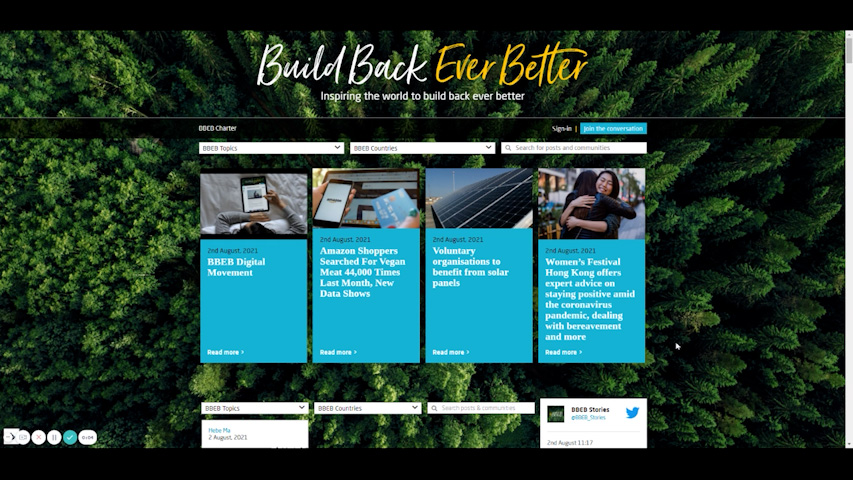Utah’s Great Salt Lake is in serious trouble—and it’s not just an environmental issue, it’s a wake-up call. As highlighted in a recent New York Times article, the lake has been shrinking rapidly due to drought, climate change, and the overuse of water for agriculture and development. What’s left behind isn’t just dry land—it’s toxic dust, ecological damage, and a threat to local industries and public health.
This isn’t just about birds and brine shrimp (though both are at risk); it’s about the communities that depend on the lake for clean air, jobs, and stability. The exposed lakebed is kicking up harmful dust that’s impacting air quality, and the economic implications are real—from shrimp harvesting to tourism.
Lawmakers are stepping in with new conservation efforts and public education campaigns, but many experts warn it may not be enough. Saving the lake will take a serious shift in how we manage water—not just in Utah, but across the West.
The Great Salt Lake is more than just a local landmark. It’s a symbol of the balancing act between human needs and environmental responsibility—and whether we’re willing to act before it’s too late.
Three years ago, when Utah’s Great Salt Lake was at its lowest levels, state lawmakers were alarmed enough to try what may be impossible: save the lake from drying up. If Utah succeeds, it would be the first place in the world to reverse a saline lake’s decline. The salt lake — the largest in the Western Hemisphere — once covered an area larger than Rhode Island. Today, more than half its water is gone. About 800 square miles of lake bed sits exposed, baking in the desert heat, sometimes billowing toxic dust plumes across the state’s urban core.
https://www.nytimes.com/2025/05/05/us/great-salt-lake-utah.html
 unknownx500
unknownx500



/Passle/5e4a7839abdfeb03584d01f6/MediaLibrary/Images/2025-11-25-05-57-22-573-6925454267604d05511d59b1.jpg)
/Passle/5e4a7839abdfeb03584d01f6/SearchServiceImages/2025-11-24-13-20-28-183-69245b9c8d2aeed1c678a90a.jpg)











